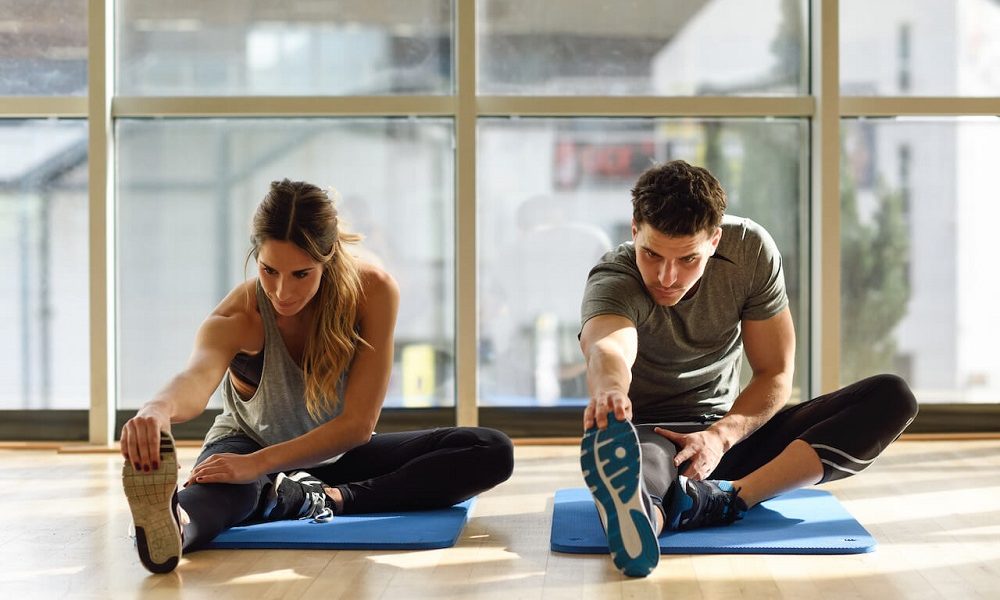
What Stretching Does to Your Brain and Body

Stretching is an often underrated form of physical activity, but its effects go far beyond the physical. Regular stretching can positively impact brain function, mental health, and overall well-being, doing so much more than just improving flexibility or relieving pain. A good stretch has many benefits, from increased concentration to improved concentration and relaxation levels.
Increase the Range of Motion
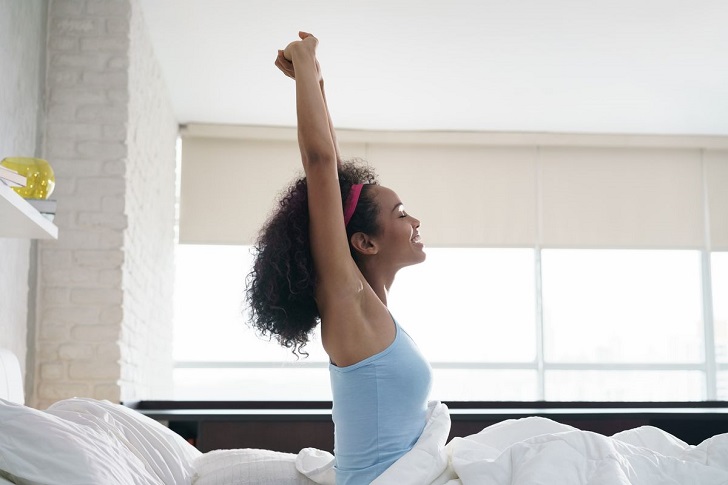
DIEGO CERVO EYEEM/ GETTY IMAGES | True success is achieved by stretching oneself, learning to feel comfortable being uncomfortable
Stretching is not just for warming up before exercise. Incorporating stretching into your daily routine can improve joint mobility and increase your range of motion. By stretching regularly, you can prevent muscle and joint stiffness, which can lead to pain and injury.
Not only does stretching increase the flexibility of your muscles, but it also helps to elongate your ligaments, allowing for greater freedom of movement in your joints. Try incorporating some simple stretches into your daily routine and feel the difference they can make in your joint health.
The Mental Benefits of Stretching
Stretching isn’t just good for improving your physical flexibility; it can also do wonders for your mental health. Taking the time to stretch regularly can help significantly reduce stress and anxiety levels.
This is because stretching helps ease tension in the body, promotes relaxation, and encourages deep breathing. As you work through various stretches, you’ll notice a sense of calm and peacefulness that washes over you, helping ease your mind and body.
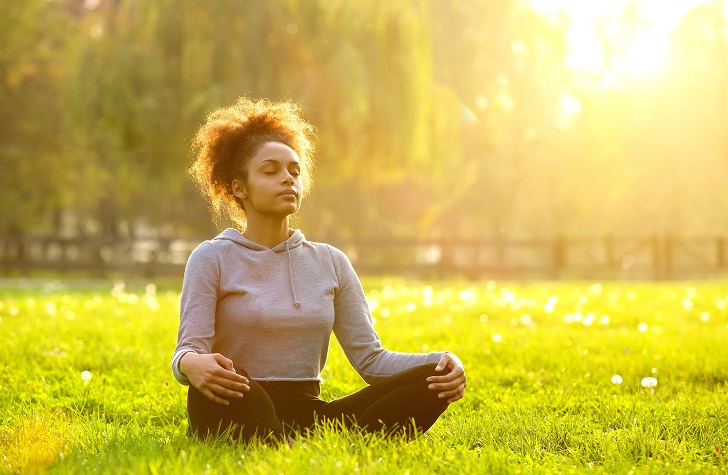
Gretchen Reynolds/ Getty Images | Yoga is the go-to workout choice for many
The Physical Benefits of Stretching
Stretching is more than just a pre-workout ritual; it’s essential to overall health and fitness. Not only does it improve your flexibility and range of motion, but stretching has been shown to have numerous physical benefits. One of the most significant is improving circulation throughout your body.
As you stretch, your blood vessels dilate, allowing more oxygen-rich blood to flow freely to your muscles and organs. This increased blood flow helps energize and tone your muscles, improving muscle tone and overall physical performance.
What Types of Stretching to Do for Specific Body Parts
Stretching can help improve flexibility, reduce muscle tension, and prevent injuries. But when it comes to stretching, not all exercises are created equal. Some stretches may be more effective depending on your specific goals and the body part you want to target.
For example, if you want to increase the range of motion in your hamstrings, you might try the seated forward fold. Or if you’re looking to release tension in your hips and lower back, the pigeon pose could be just what you need. You can help your muscles feel stronger and limber by tailoring your stretching routine to your needs.
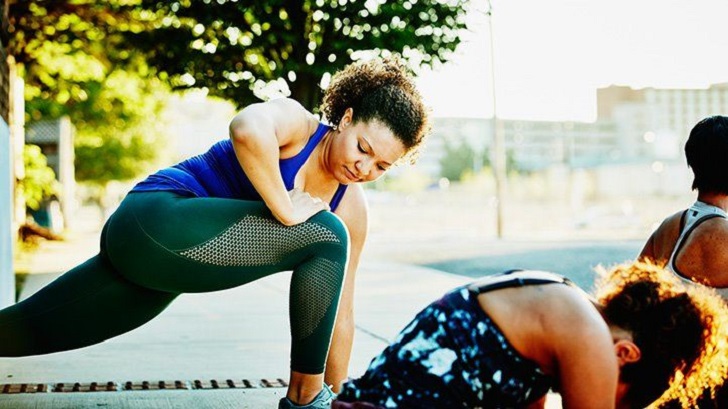
Thomas Barwick/ GettyImages | Stretching is like a warm hug from your core to your fingertips
Best Practices for Starting a Stretching Routine
Starting a stretching routine can feel overwhelming, especially if you’ve never done it before or it’s been a while since you stretched regularly. However, incorporating stretching into your daily routine can promote flexibility, prevent injury, and even reduce stress. So, what are some best practices for starting a stretching routine? First, start slow and gradually increase the duration and intensity of your stretching over time.
Don’t forget to warm up before stretching, either with light movement or a few minutes of cardio. Focus on specific muscle groups and hold stretches for at least 30 seconds. Finally, listen to your body and stop if you experience pain or discomfort. With these tips, you can develop a stretching routine that promotes wellness and helps you feel your best.
More in Anti-Aging
-
`
5 Easy & Effective Ways of Coping With Depression
Depression is more than just feeling sad or having a bad day. It is a pervasive mental health condition that affects...
May 30, 2024 -
`
Top 10 Practical 60th Birthday Ideas For Everyone
Turning 60 is a milestone worth celebrating! Whether you are planning your own bash or organizing a celebration for a loved...
May 24, 2024 -
`
What is the Meaning of Angelina Jolie’s Back Tattoo? Explore
If you have ever caught a glimpse of Angelina Jolie’s back tattoo, you might have wondered, “What is the story behind...
May 17, 2024 -
`
Chronic Heal Pain Can Be A Sign of Cancer – Here’s How You Get It Under Control
Have you ever wondered if that nagging heel pain was something more than just wear and tear? Is heel pain a...
May 11, 2024 -
`
When to Walk Away from Someone with Mental Illness – Signs and Strategies
Deciding when to walk away from someone with mental illness is a deeply personal decision that can be challenging to navigate....
April 30, 2024 -
`
Creatine & Muscle Growth: Everything You Need to Know
Can you take creatine without working out? Absolutely, you can! But if you are looking to enhance muscle growth, hitting the...
April 27, 2024 -
`
J Lo Pregnancy Speculation – Will Bennifer Welcome a New Addition?
Jennifer Lopez and Ben Affleck. Two iconic names forever intertwined in Hollywood history. Their love story, reignited after nearly two decades...
April 17, 2024 -
`
Are Vision Problems the First Sign of Alzheimer’s? A New Study Has the Answer
The link between vision problems and the early detection of Alzheimer’s disease is gaining significant attention, thanks to groundbreaking research. A...
April 11, 2024 -
`
Seemingly Counter-Intuitive Habits That Actually Bring a Positive Change in Your Life
Work Less, Not More The first counter-intuitive habit to consider is the principle of working less, not more. In a society...
April 4, 2024




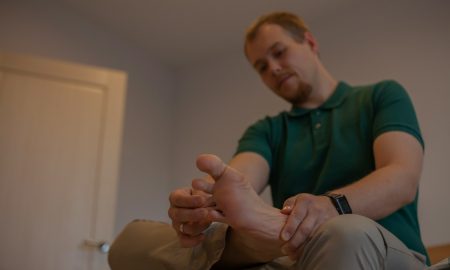










You must be logged in to post a comment Login